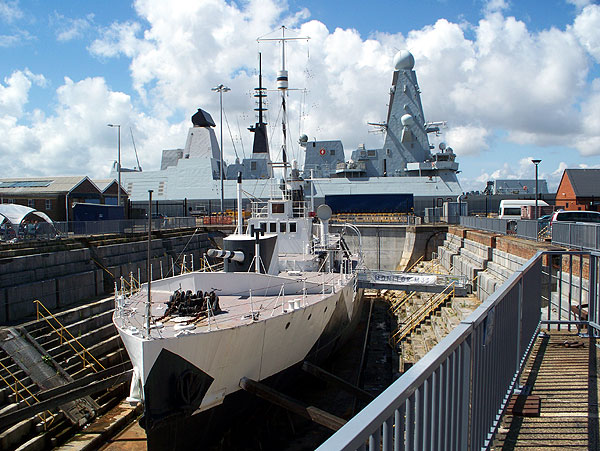
The monitor ship M33 has recently completed a restoration of its interior and was ceremonially opened on the 6th August 2015. Previously one had only been able to view the ship from the top of the drydock.
I was one of the first members of the public allowed on board on the 7th August. The ship was built within around seven weeks as a shore bombardment vessel, and despite mounting two 6 inch guns it has a displacement of only a few hundred tons and no armour.
You may find it interesting to compare this ship with the 10,000 ton cruiser HMS Belfast (C35) which has twelve 6 inch guns.
M33 is one of the very few ships surviving from WWI, and the only survivor of the Gallipoli campaign.
As seen today, the 6″ guns are essentially the same as the originals, and the crew accommodation, stores, officer quarters, galley, wheel house, radio room etc have been fitted out with representative contents. Maxim guns as used for repelling close attack stand on slots in the side deck.
The engines and boilers were removed a long time ago, prior to the ship’s use as a hulk, and have not been replaced. Instead, the space is used as a cinema for a short film. The bass sound in the empty steel space is quite effective. 🙂
The ship is well worth a visit and can be visited as part of the Portsmouth Historic Dockyard. Charges apply.
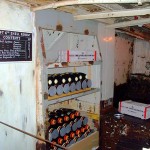
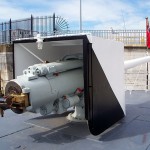
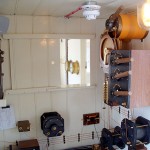
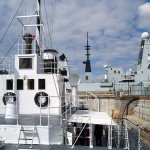
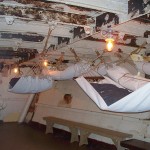
Category: South
D-Day Museum, Portsmouth
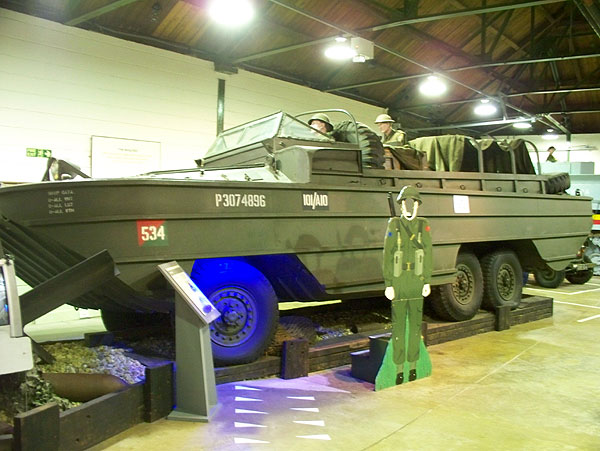 The D-Day Museum is housed in a modern building near the Southsea Castle on the sea-front.
The D-Day Museum is housed in a modern building near the Southsea Castle on the sea-front.
A circular hall has a modern D-Day Tapestry displayed around its circumference, and an auditorium for showing a short 15-minute film in the centre. On the other side of the museum, a winding series of galleries display materials on the build-up to D-Day and the invasion itself. A final pair of halls show vehicles used in the invasion – a glider, jeep, tank, tank landing craft and a DUKW.
It is an interesting museum and worth a visit if you are in the area or if you have a connection with the invasion.
Admission charges apply.
A car park (chargeable) is next to the museum, or you can park along the sea front (chargeable).
The Southsea Castle is about 100 yards away – in fact the D-Day Museum is within the outer defences of the castle.
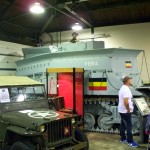
Uppark, West Sussex

National Trust
Uppark is a Queen Anne style house and garden standing on a hilltop. It was built largely in its present form in the late 17th century. Some remodeling took place in the 18th and 19th century. It is a handsome house, and has some fine principal rooms with original contents. The gardens are attractive, and there are some interesting tunnels under the forecourt which connect the house with the stables and former kitchen outbuildings.
Uppark is known nowadays partly for the disastrous fire which occurred in 1989. The fire was started by heat from a workman’s blowlamp, and not discovered till it had taken hold in the roof. Firemen arrived promptly but were unable to halt the progress of the fire which destroyed the roof and upper floors and damaged the principal floor. The portable contents of the principal floor were rescued by firemen and volunteers before the upper floors fell into the principal rooms.
The decision was made to restore the house to its condition before the fire. The reconstruction was an epic of restoration. Today, the principal (ground) floor looks much as it did before the fire and is furnished with most of its original contents.
Titchfield Abbey, Hampshire
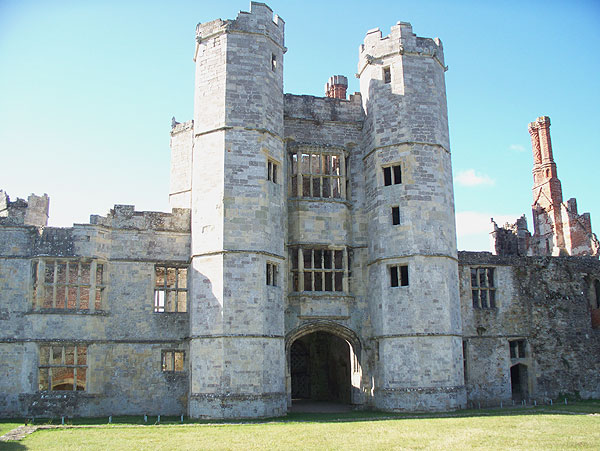
English Heritage
The ruins of a 13th century Premonstratensian abbey were converted into a Tudor mansion, known as Place House, with a grand turreted gatehouse constructed across the nave. The house was dismantled after 1781.
The remaining structure, with towers, is quite impressive and well worth a visit. Still in position are fragments of tiled floors.
A free downloadable audio tour is available from the EH website.
Directions: Sat-nav delivers you outside the property, but the entrance, opposite a pub and to the right of a garden centre, is quite difficult to spot. If you drive through the narrow gated entrance, you should be able to park onsite. Admission is free.
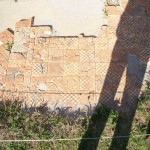
Southwick Priory, Hampshire
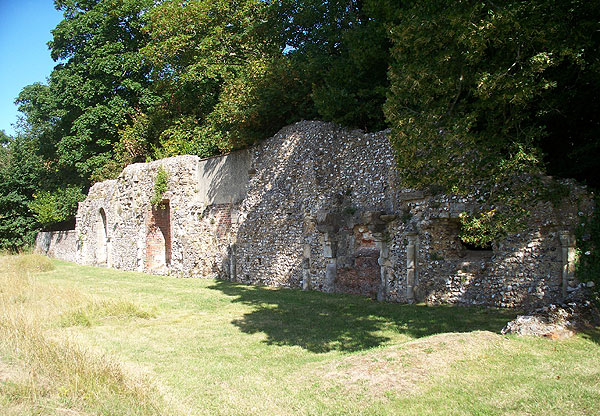
English heritage
This was once a famous priory and place of pilgrimage. Now only part of the refectory wall survives.
Casual visitors may feel that tracking down and viewing this ruin is more trouble than it was worth. Some carved features remain.
Directions: The postcode takes you to a layby on the main road, alongside a long wall. The entrance is from Southwick village (right at roundabout, following the long wall). Park in the village car park. The entrance to the ruin is an inconspicuous metal footpath gate directly opposite the car park entrance, to the left of the sawmill. The EH sign is a few feet inside the gate. Follow the path through the wood. When you emerge at the golf course, the ruin is to your right.
Explosion! The Museum of Naval Firepower
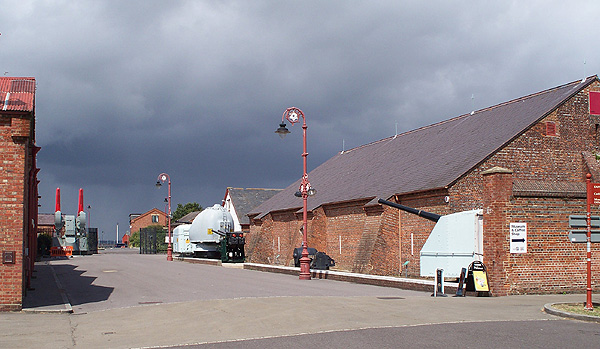
The Explosion! museum is situated in Gosport, Hampshire, in the 18th century buildings of the Royal Navy’s former armaments depot. The Museum is one if the Portsmouth Historic Dockyard group of attractions.
The displays include historic uses of the site, plus naval weapons of all sizes. The largest complete gun assemblies with mountings are around 4 and a half inch, larger guns being represented by 6″ barrels and a 15″ breech. Some gun mountings can be seen in the photo above. There are also missiles, mines and torpedoes of various ages, including a nuclear bomb. If you like weaponry, this is for you. There are over a dozen display halls.
The Museum has a large number of modern audio-visual displays for interpretation and further information, but I found several that were not working properly.
My tour took around 3 hours, and I could have spent longer.
Access: The site can be reached by water-bus from the Historic Dockyard at Portsmouth, or by road from Gosport. The water-bus is infrequent; however the alternative access by road passes through a long built-up area and is liable to be very slow on a weekday.
Taplow Court, Bucks
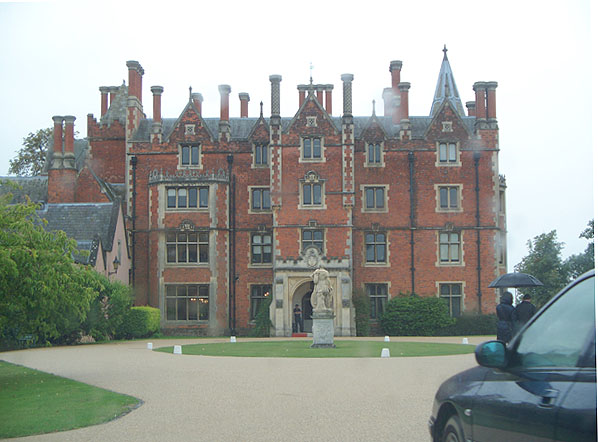 Private.
Private.
Heritage Open Day visit.
Taplow Court is a large Victorian house in the village of Taplow in south Bucks. The present house was originally Jacobean, but arrived at its present appearance by stages of modification and extension, by the Earls of Orkney in the 18th century, then after it was sold in 1852, by the Grenfells. William Grenfell, Lord Desborough, was the organizer of the first Olympic Games in Britain, in 1908.
The focus of the interior is the three-storey Norman Hall, inserted by the Orkney heir, Thomas Hamilton in the 1830’s. The hall doors are beautifully decorated with carved wood panels.
The house is now owned by SGI (Soka Gakkai International Buddhists), who seem to have spent a great deal of money restoring the house and grounds.
The attractive grounds include gardens, and there is an important Saxon burial mound just behind the house.
The house and grounds are worth a visit. They are open free of charge on several Open Days each year.

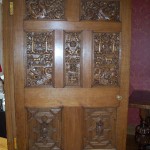

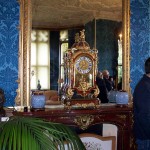
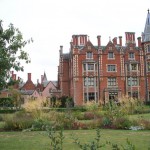

Submarine Museum, Gosport, Hampshire.
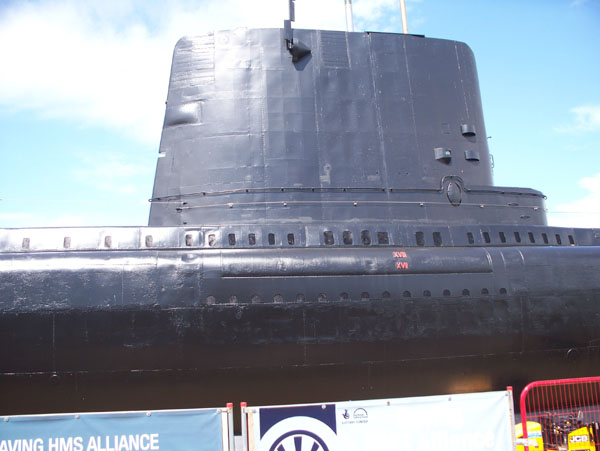
The Royal Navy Submarine Museum offers a guided tour of one full-size submarine, HMS Alliance, plus exhibits of several small or miniature submarines, including the very early Holland 1 and a well-preserved X24 minature submarine. There are museum galleries depicting submarine operations, with plenty of audio-visual, and a collection of weapons systems control panels as used for launching missiles, plus a Trident rocket.
The admission fee is significant but worth it if you are interested in submarine warfare. If you’ve never been inside a submarine you may be surprised at how little free space there is and how every square foot of bulkhead is covered with pipes, cables, or equipment.
Visit time ~3.5 hours.
Visiting: It might be worth looking at online mapping to see where you are going before setting off (they say a picture is worth 1000 words.) It’s easy to drive past the entrance without spotting it. The site is on the Haslar Road, a few yards past the end of a single-lane bridge that spans part of the harbour, but there is no in-your-face signage, and sat-nav will probably deliver you to an adjacent site, e.g. Fort Blockhouse which is about 100 yards further on.
The site can be reached by ferry from the Historic Dockyard area which is quite close as the crow flies. The ferry seems rather pricey, but the land access alternative goes through miles of congested built-up area.
Portchester Castle, Hampshire
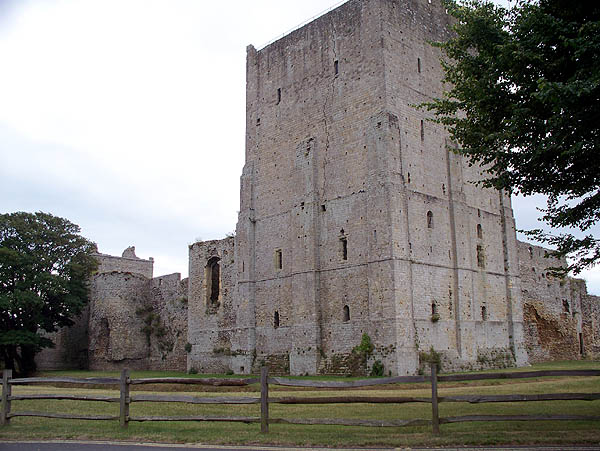
English Heritage.
Portchester Castle is the most impressive and best-preserved of the Roman ‘Saxon Shore’ forts in Europe, and was built in the late 3rd century. It is the only Roman stronghold in northern Europe whose walls still mostly stand to their full six metre height, complete with most of the original 20 towers.
It later housed a Saxon settlement, and after the Norman invasion a Norman castle was built in one corner. The castle was used in the middle ages, and was used as a prison during the Napoleonic Wars.
The size of the circuit of Roman walls is impressive, and the medieval keep is worth seeing and has an interesting exhibition in the basement. Rooms in the keep can be reached by modern stairs. Note that in fair weather the more agile visitor can ascend a narrow spiral stone staircase to the roof, from which there should be great views of the harbour, etc. (I didn’t try it in the rain).
The castle is right on the waterfront, so don’t omit to walk out of the seaward gate and have a look.
Visiting: If you pass the obvious car park to the left, there is a smaller one on the right a few yards from the castle entrance. Admission to the Roman fort is free, but there is a charge for visiting the medieval keep. An audio guide is available. The keep has modern stairs to all floors except the roof (see above).

Bishop’s Waltham Palace, Hampshire
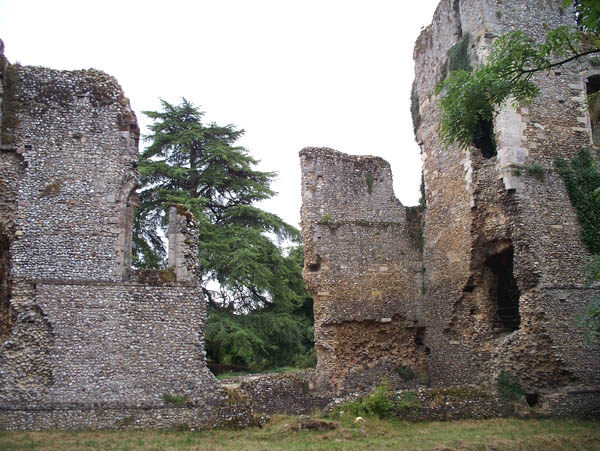
English Heritage
Bishop’s Waltham was a medieval palace used by the wealthy Bishops of Winchester. Also on the site is the Bishop’s Waltham town museum, in a farmhouse adapted from the palace’s lodging range.
There are extensive ruins of this large palace still standing.
I happened to be nearby in the early morning, so had a look over the wall, but was not able to get inside.
Worth a look if you are in the area. Admission free.
